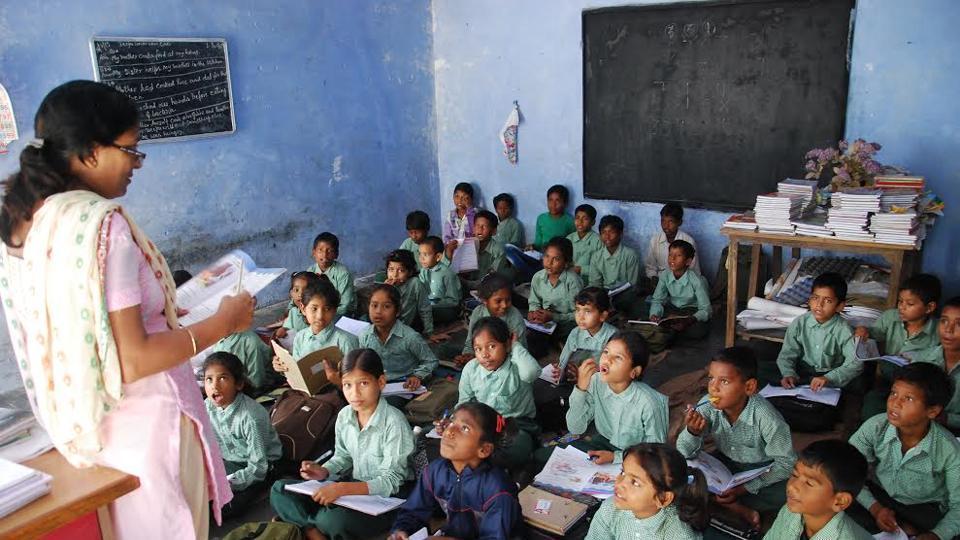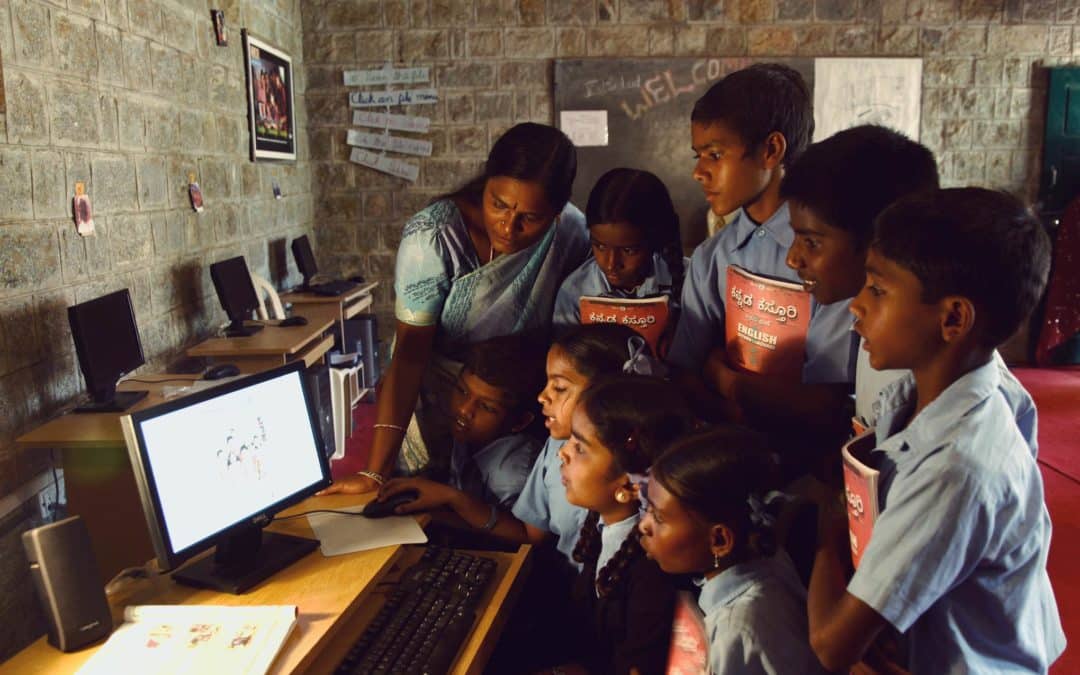A quote by Henry Brooks Adams comes to mind, “Teachers affect eternity; no one can tell where their influence stops.” Recently, we celebrated Teacher’s Day by wishing and seeking the blessings of our teachers who helped us grow up to be humble and independent.
But, why is the first image which comes to our mind when we say the word teacher that of a woman wearing a neatly draped saree? Alternately, as soon as the word professor is used the image changes. Is it because women have maternal instincts? Or that men do not want to take up the profession due to relatively lower salaries? Or that the teacher’s job more ‘suitable’ for a lady? The popular opinion seems to be that teaching is more suited for women and it is relevant to examine this bias.
Evolution of the profession
During the early 1800s, there were very few women as teachers. This was mainly because girls weren’t allowed to study or go to school. When India started to develop and more industries started being set up, men started to shift from teaching to working in factories and companies.
Savitri Bhai Phule, the first female teacher in India, along with her husband Jyotirao Phule set up the first girls’ school in 1848 which inspired many young girls to start studying. Chandramukhi Bose and Kadambini Ganguly were the first women to earn a Bachelor’s degree in India in 1883.
More and more women beginning to gain education, coupled with the shift of men from teaching jobs, left us with few male teachers available to teach. Hence, women started to enter this profession. But once women entered this profession, there was no going back. Female teachers started to be seen in schools all over.

Feminisation of teaching
The teaching profession is said to suffer from the overrepresentation of women as teachers which has been termed as ‘feminisation’ of the teaching profession. Schools started to prefer female teachers because they are considered to be more nurturing.
Women’s participation in the labour force has increased, yet it is distorted. There is no evenness in the spread of women over various kinds of jobs available. Women are slotted mostly into social jobs such as teaching. A few even claim that becoming a teacher is the most ‘suitable‘ profession for women because of the work hours, job role and flexible work-life balance.
We seldom discuss about how this kind of gender gap in the teaching profession affects children. Children, from when they start going to school are surrounded and influenced by their teachers. When children see that more women are working as teachers whereas men take part in other professions, it creates a bias in children about the kinds of roles men and women ought to play in society
But the funny part here is that this gender distortion is mainly in the primary school level i.e., as the grades increase men start participating more in academia. We can see in our universities that a larger share of lecturers are male because most women do not have a PhD or have not been able to study enough to qualify to be a lecturer. Those who manage to achieve qualifications despite their limiting factors are barred from appointment by socio-moral factors.
Also, men do not partake in the teaching profession at the school level because it is low paying and not ‘up to their standard‘. Men are to support the family; thus, they must take up professions that pay more and be in esteemed positions to maintain their status.
Also read: Teaching Digitally: Reflections On Delivering Virtual Lectures Amidst A Pandemic

In India, there is strong gendering within the profession. According to the Indian education department, as of 2021, more than 80 per cent teachers from primary to high schools are women. But if we delve deeper we see that there is a distortion in this distribution. According to the statistics published by the Ministry of Human Resources Development in 2015-16, for every 100 male teachers, there were 105 female teachers.
The World Bank collection of development indicators cite that at the primary level, 54.37 per cent of the teachers are women whereas, in the high schools, there are only 43.34 per cent female teachers. Within India, Kerala has recorded the highest percentage of women pegged at 79 per cent. But states like Rajasthan, Uttar Pradesh and Bihar still lack in this aspect.
Young girls start to think that they are to confine themselves to the roles that allow them to maintain a ‘work-life balance‘. Young boys hesitate to take up such professions because they are supposed to take care of their family and thus must take up ‘prestigious jobs‘. From a young age, this gender assignment becomes imprinted in the minds of children. When they grow up, they continue this practice of women taking up more ‘feminine’ jobs whereas men are to take up ‘masculine’ jobs
Impact on children
We seldom discuss about how this kind of gender gap in the teaching profession affects children. Children, from when they start going to school are surrounded and influenced by their teachers. When children see that more women are working as teachers whereas men take part in other professions, it creates a bias in children about the kinds of roles men and women ought to play in society.
Young girls start to think that they are to confine themselves to the roles that allow them to maintain a ‘work-life balance‘. Young boys hesitate to take up such professions because they are supposed to take care of their family and thus must take up ‘prestigious jobs‘. From a young age, this gender assignment becomes imprinted in the minds of children. When they grow up, they continue this practice of women taking up more ‘feminine’ jobs whereas men are to take up ‘masculine’ jobs. Data cites that only 2.85 per cent of 15-year-old boys on average are open to taking up teaching as a profession as against 7 per cent of the girls of the same age.
We need to break the association of stereotypes with the teaching profession. Young children must not have sexist biases taking roots in their minds. We must teach children that both men and women can be wonderful teachers and diversity among teachers will prompt students to step outside the norms of society regarding professions a man or a woman must take up.
We need to show young girls and boys that there are no feminine or masculine jobs. Any person can take up any profession that they aspire to without falling prey to societal judgements. Don’t we want our children to grow up in a world where they can be anything they wish to be?
Also read: Digital Learning: Covid Underlines Privilege Divide And Inadequate Teacher Training
Dhanusha Prabhu is a second year MSc Economics student at Dr. B. R. Ambedkar School of Economic University, Bengaluru. She loves to teach and is a classical dancer. When she isn’t indulging in her favourite TV series, you can find her drawing mandalas. You may find her on Twitter and Instagram




